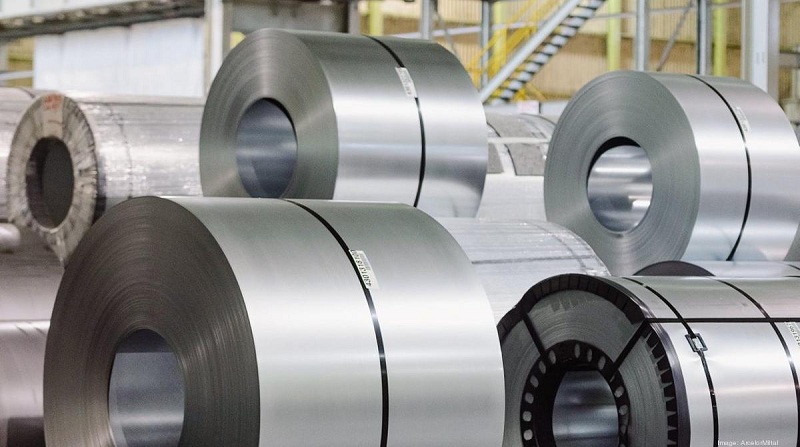
As an important metal material, stainless steel has a wide range of applications in various fields, especially in pressure equipment such as pressure vessels, and its quality and performance requirements are particularly strict. Among the many stainless steel varieties, S30403 stainless steel and 304L stainless steel have received much attention for their excellent properties. However, although they are all austenitic stainless steels, there are some significant differences in chemical composition and execution standards.
The implementation standard of S30403 stainless steel is GB/T 24511-2017 "Stainless steel and heat-resistant steel plates and strips for pressure equipment". This standard makes clear the chemical composition of S30403 stainless steel, requiring the phosphorus content to be less than 0.035% and the sulfur content to be less than 0.015%. This low phosphorus, low sulfur design makes the S30403 stainless steel more excellent in terms of weldability and corrosion resistance.

In contrast, the implementation standards of 304L stainless steel vary according to different national standards. In JIS standard, ASTM standard and GB/T 20878-2007, the phosphorus content of 304L stainless steel is required to be less than 0.045%, and the sulfur content is required to be less than 0.030%. Although these standards also make strict provisions on the chemical composition of 304L stainless steel, but compared with S30403 stainless steel, its requirements on phosphorus and sulfur content are relatively relaxed.
These differences in chemical composition reflect the different emphasis of S30403 stainless steel and 304L stainless steel in the field of application. Due to its more stringent chemical composition requirements, S30403 stainless steel is especially suitable for pressure equipment with high material performance requirements, such as pressure vessels. 304L stainless steel is widely used in industrial fields with general requirements, such as construction, chemical industry, food and so on.
The differences in chemical composition and implementation standards between S30403 stainless steel and 304L stainless steel determine their differences in application fields. With its more stringent phosphorus and sulfur content requirements, S30403 stainless steel shows its unique advantages in the field of pressure equipment, while 304L stainless steel has become an important material in the industrial field with its wide applicability. The complementary application of these two stainless steels provides a more flexible and efficient material choice for different fields.
What is duplex stainless steel and why so many person are concerned of S32001 duplex ?
2022-07-18Have you ever noticed the colors of spring?
2023-04-06Thermal deformation structure and behavior of silicon steel
2024-02-20Application of thin core technology in small transformers
2024-12-20QN1803 stainless steel grow against the trend,or fully replace 304 ?
2022-10-20Why do stainless steel rolls use pad paper?
2023-10-08






